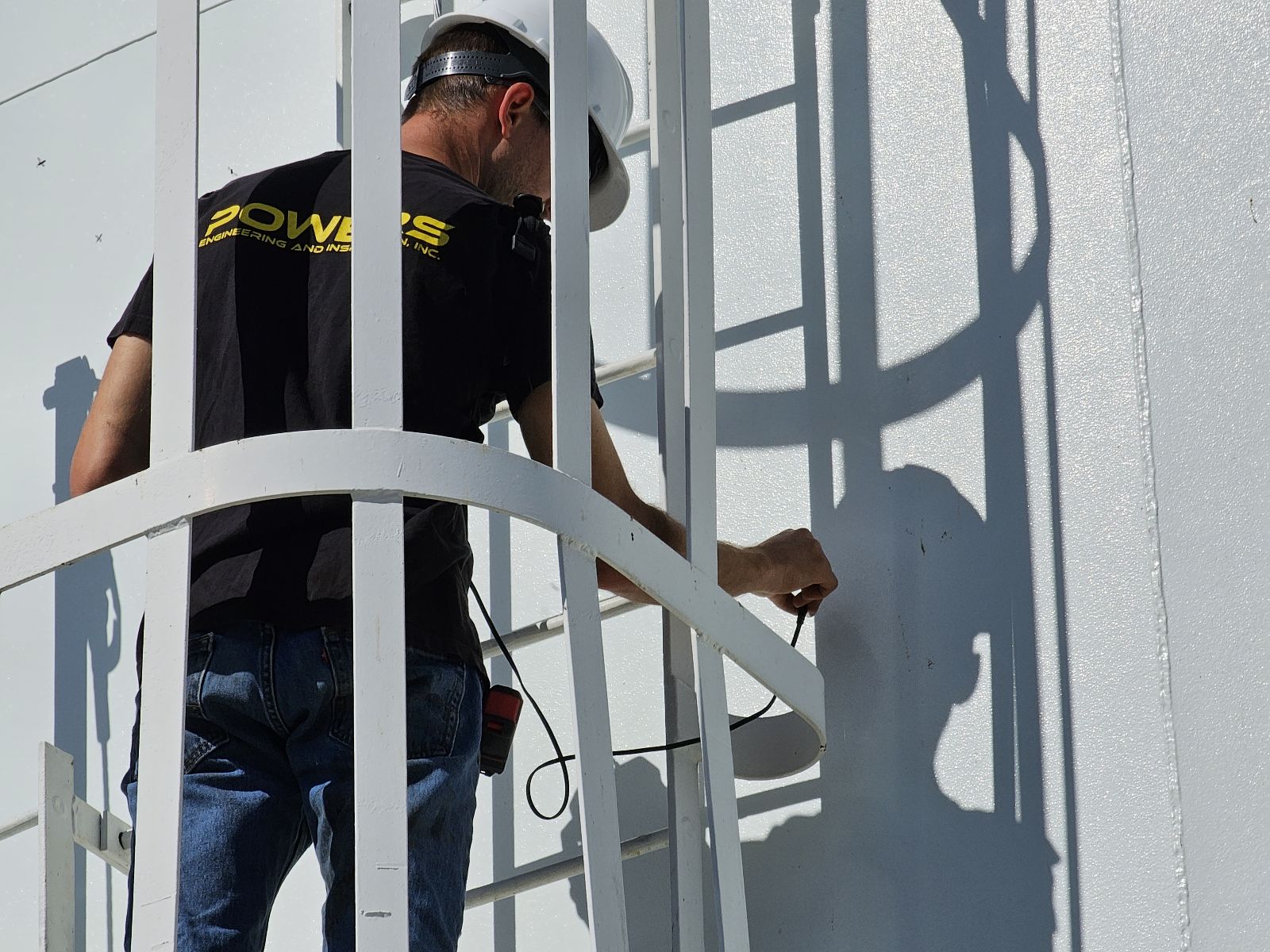

A field-erected tank, often referred to as an on-site-built tank, is a storage vessel assembled and constructed directly at its designated location rather than being manufactured in a factory and transported to the site. These tanks are known for their high degree of customization, accommodating specific size, capacity, and environmental requirements. Field-erected tanks are commonly utilized for storing various materials, including liquids like water, petroleum products, chemicals, and industrial fluids. They offer adaptability to challenging terrains and locations with limited access, allowing them to be constructed where shop-fabricated tanks may not be feasible. The choice of construction materials, engineering, and design adhere to industry standards and regulatory requirements to ensure safety, structural integrity, and environmental compliance.

A shop-fabricated tank, often referred to as a shop-built tank or factory-assembled tank, is a specialized storage vessel crafted in a controlled industrial setting, typically within a factory or workshop, rather than being constructed on-site at its intended location. These tanks are meticulously manufactured to meet specific design and quality standards before being transported to their installation site. Shop-fabricated tanks are widely employed for various purposes, including the storage of liquids or materials such as water, petroleum products, chemicals, or industrial fluids. Notable characteristics of these tanks include their precise manufacturing, stringent quality assurance procedures, and the ability to work with diverse materials like steel, stainless steel, and fiberglass-reinforced plastic. This versatility, coupled with their transportability and quick installation, makes them suitable for a wide range of applications across industries.

Tank inspections are critical evaluations conducted on various types of tanks to assess their structural integrity, safety, and adherence to regulatory standards. These inspections aim to identify defects, corrosion, or other issues that could compromise a tank's functionality, potentially posing risks to the environment and public safety. Tank inspections are necessary for several reasons:
Firstly, regulatory compliance drives the need for tank inspections. Many countries and regions have specific regulations and standards in place that mandate regular inspections of tanks to ensure they meet safety and environmental requirements. These regulations cover a range of tanks, including those used for storing oil, chemicals, and industrial materials.
Secondly, tank inspections are essential for environmental protection. Tanks that store hazardous substances, chemicals, or petroleum products can pose significant environmental risks if they develop leaks or structural failures. Regular inspections help prevent environmental contamination and minimize the consequences of potential spills.
Thirdly, safety concerns motivate tank inspections. Ensuring the safety of workers, nearby communities, and facilities is paramount. Tank inspections play a crucial role in identifying safety hazards, such as structural weaknesses, leaks, or equipment malfunctions, enabling timely corrective actions.
The frequency and scope of tank inspections depend on various factors, such as the type of tank, its contents, location, and applicable regulatory requirements. Common types of tank inspections include visual assessments, non-destructive testing (NDT), thickness testing, leak testing, and structural integrity assessments. Properly conducted tank inspections are essential to maintaining compliance, protecting the environment, ensuring safety, and preventing costly accidents or downtime in various industries. Failure to perform required tank inspections can lead to legal, environmental, and safety consequences.
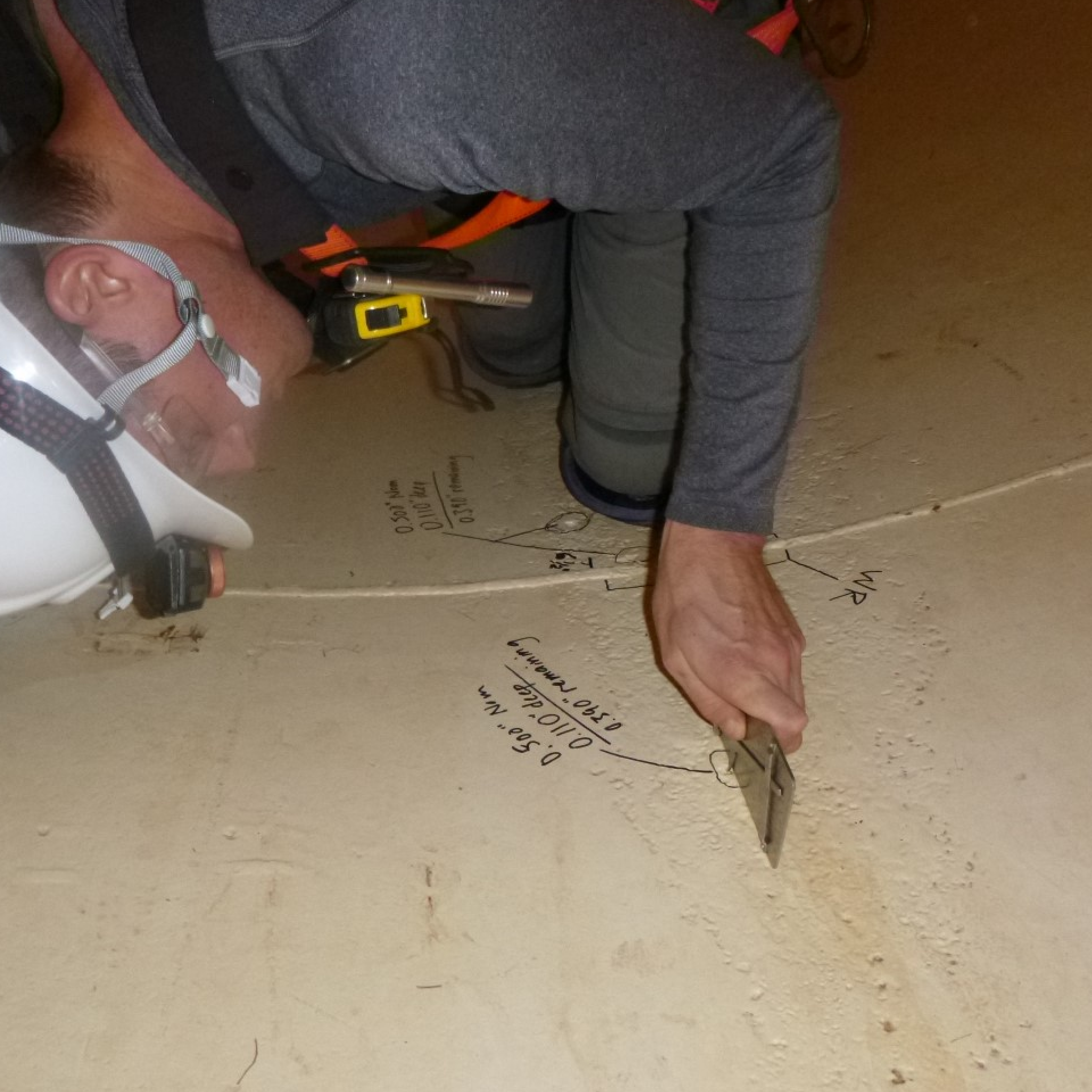



The type of inspection standard you should use for inspecting your tank depends on several factors, including the type of tank, its contents, industry regulations, and your specific needs. PEI are experts in examining the various technical standards and applying them to the real world. Contact us today.
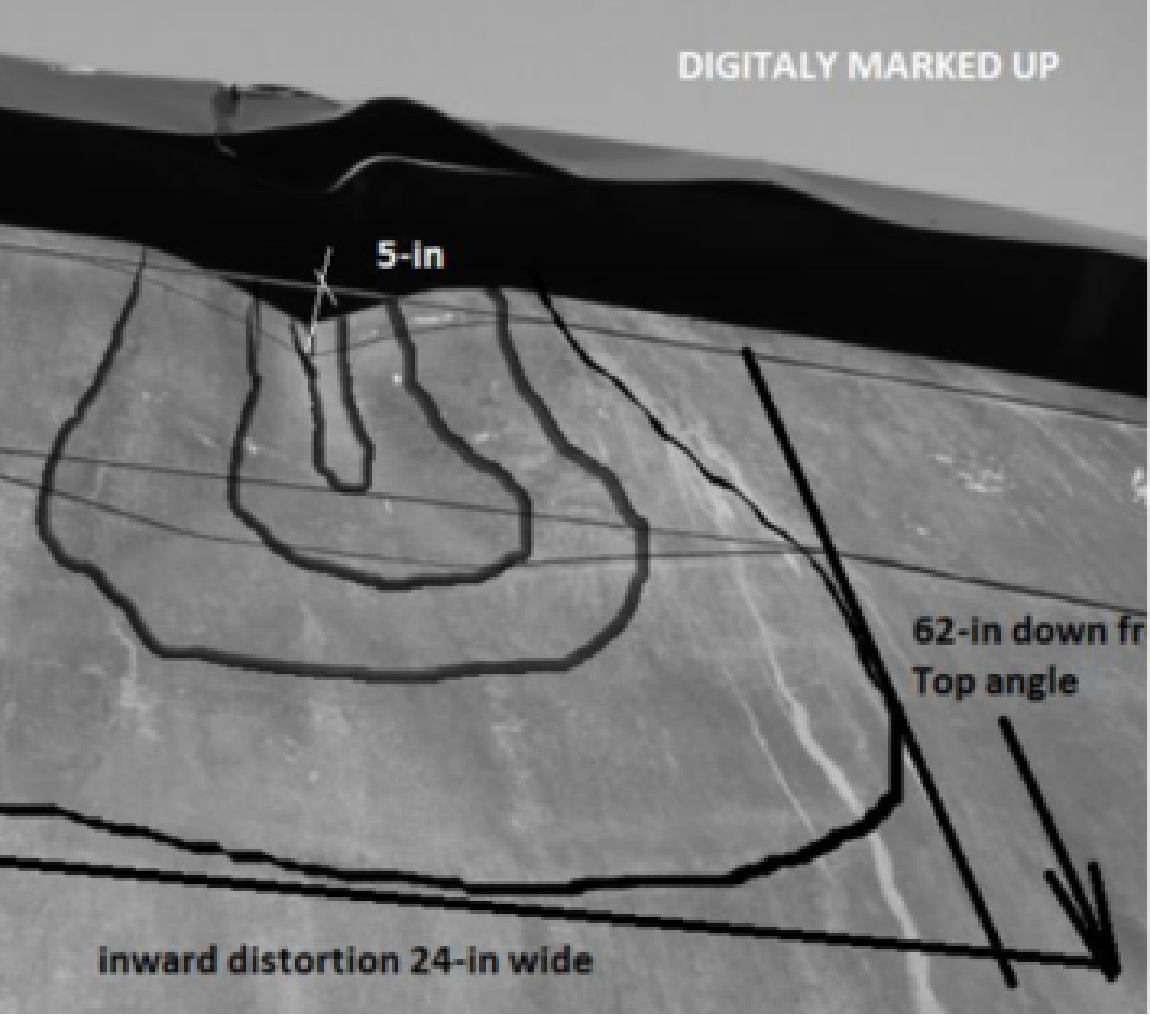
Over Pressure Event
Damage to Frangible Roof Joint
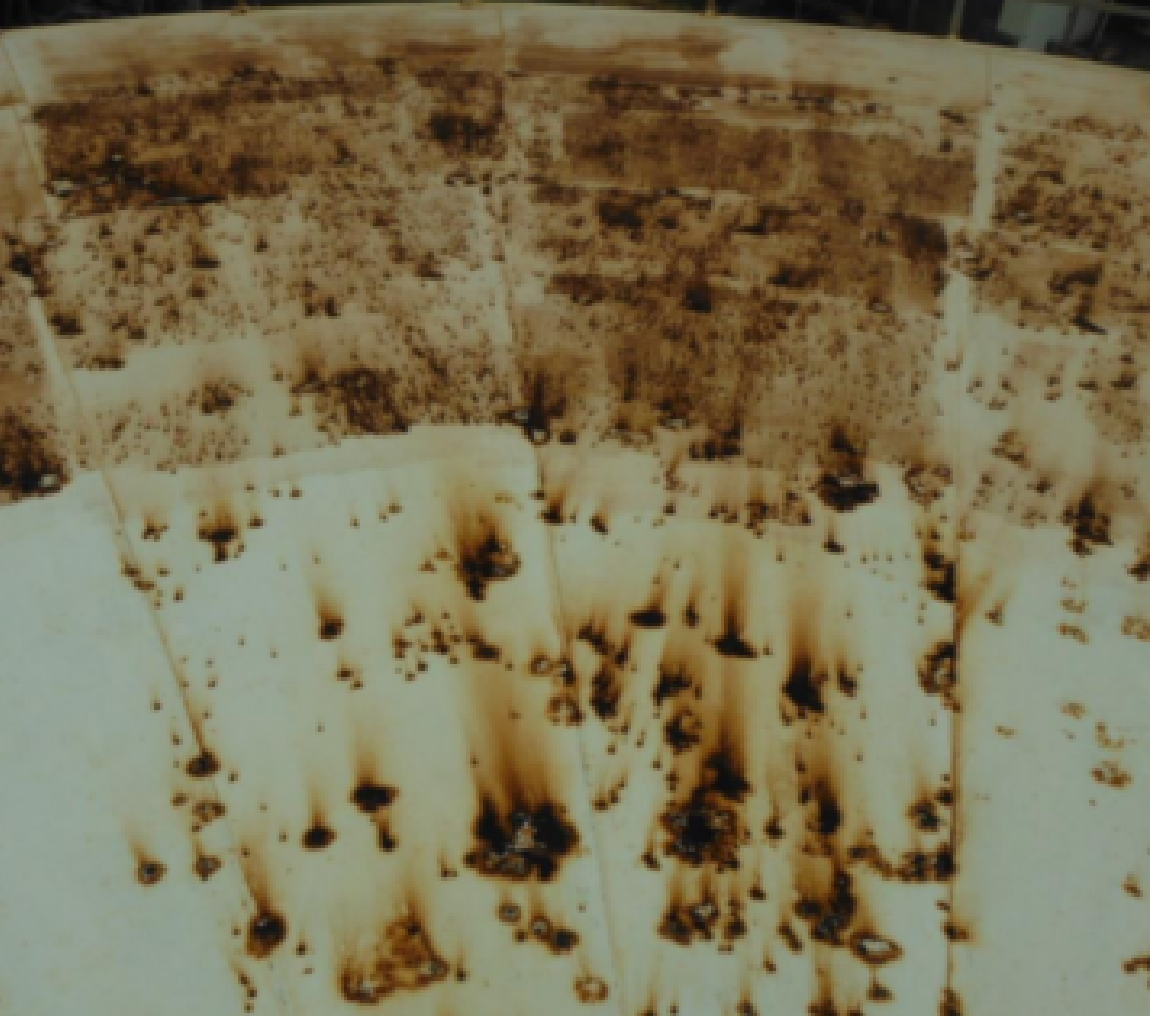
Carbuncle Corrosion
Starts as Blisters
Results in Holes
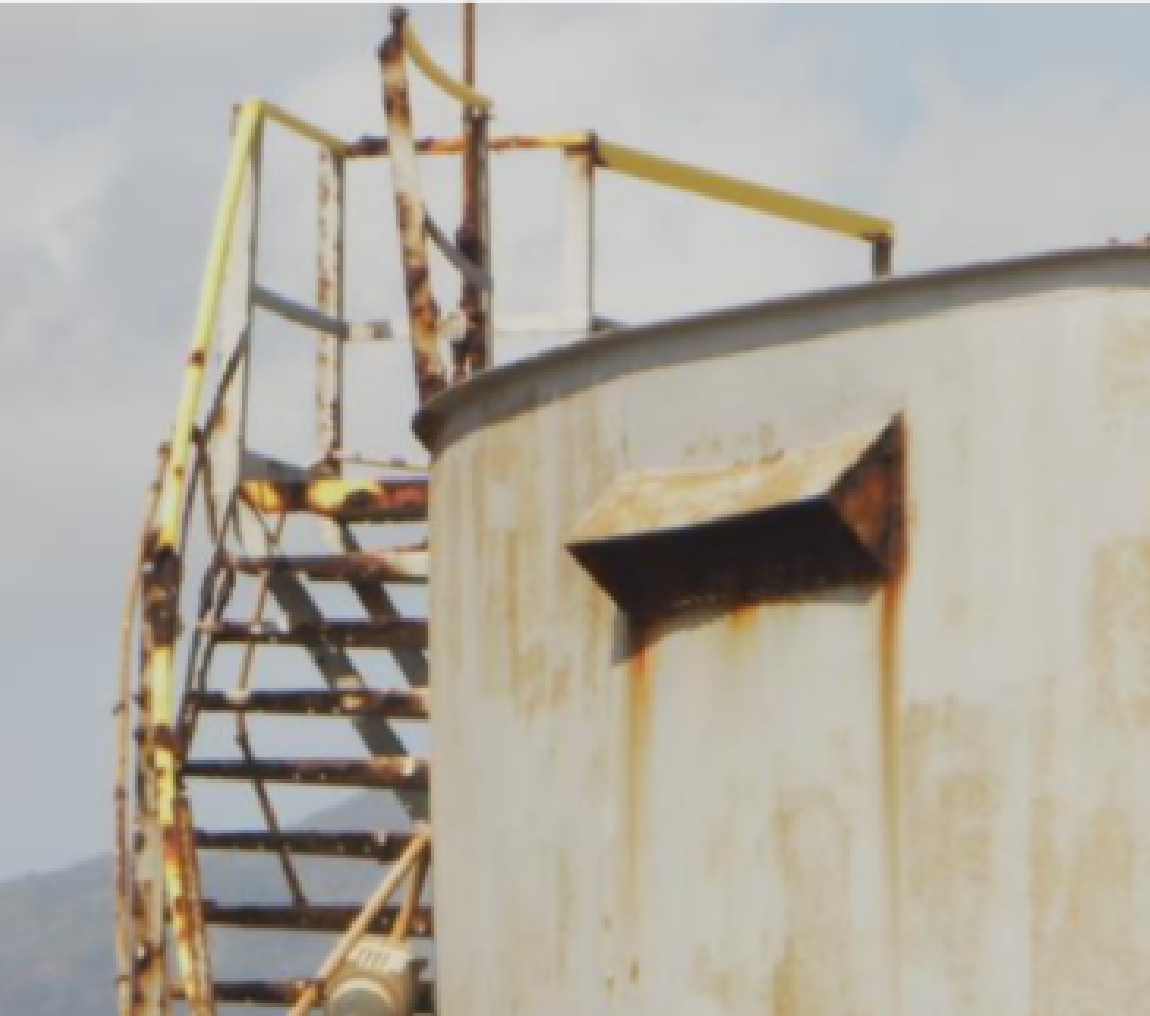
Handrails
Spiral Stairways
Platform Supports

High winds lead to roof displacement
Rolling ladder actuator 1 5/8” above grating
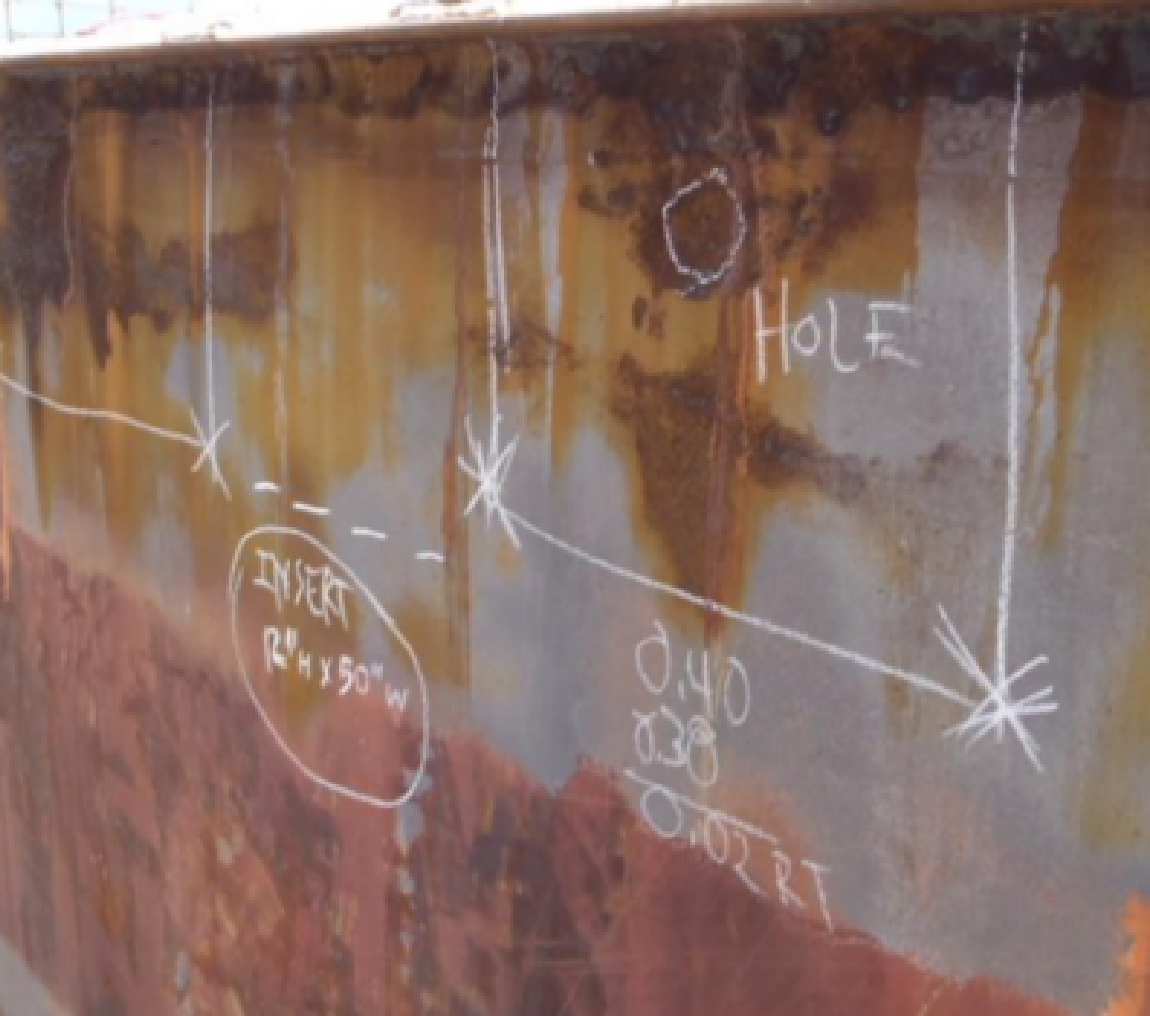
Pitting; Corrosion; Holes;
Corrosion Under Insulation
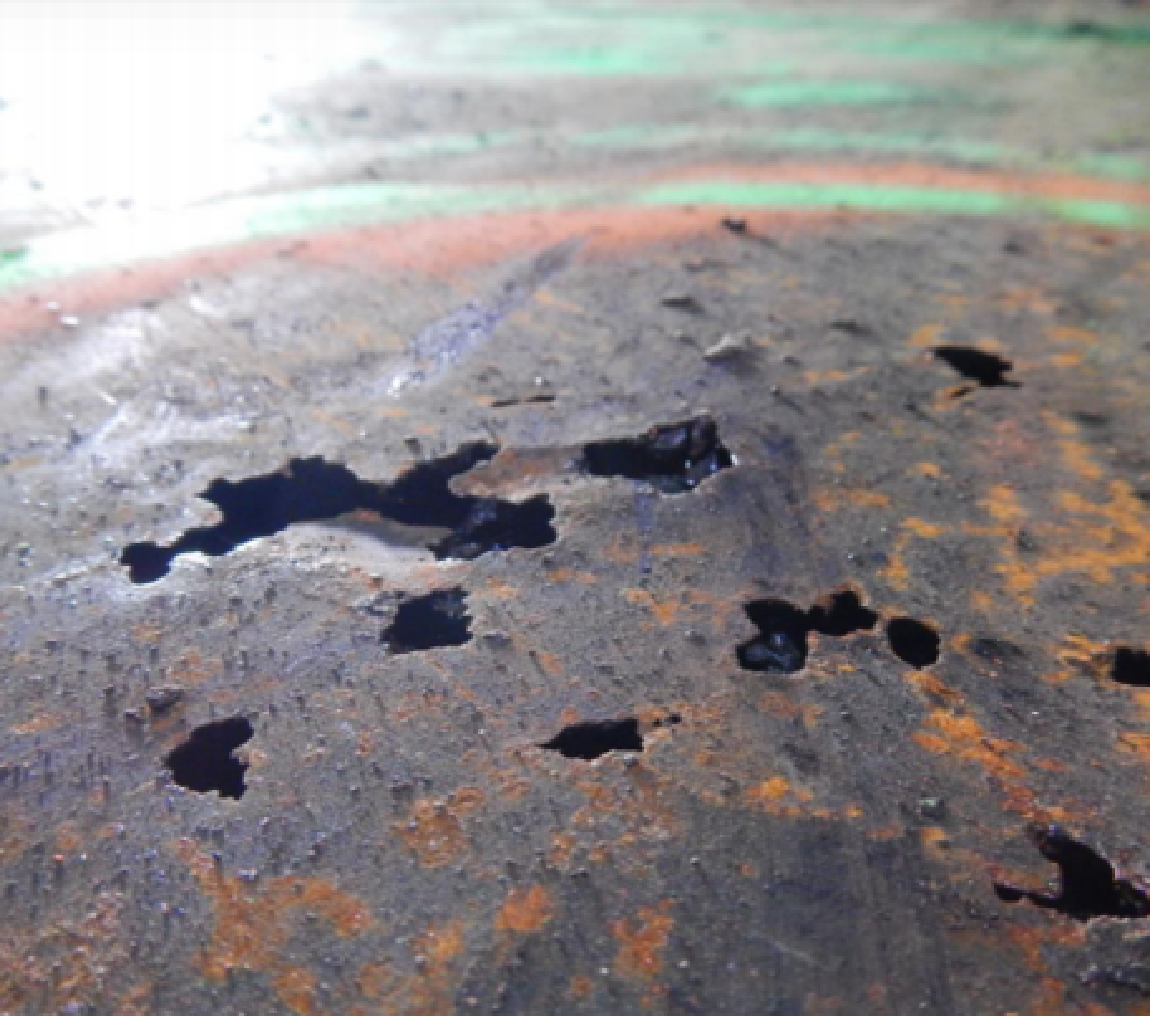
Key factor in controlling inspection interval
Repair solution: patch plates or installing a new double bottom

Corrosion pitting due to water or sludge
Product-side & soil-side corrosion in close proximity
Repair solution: Patch plates or puddle welds
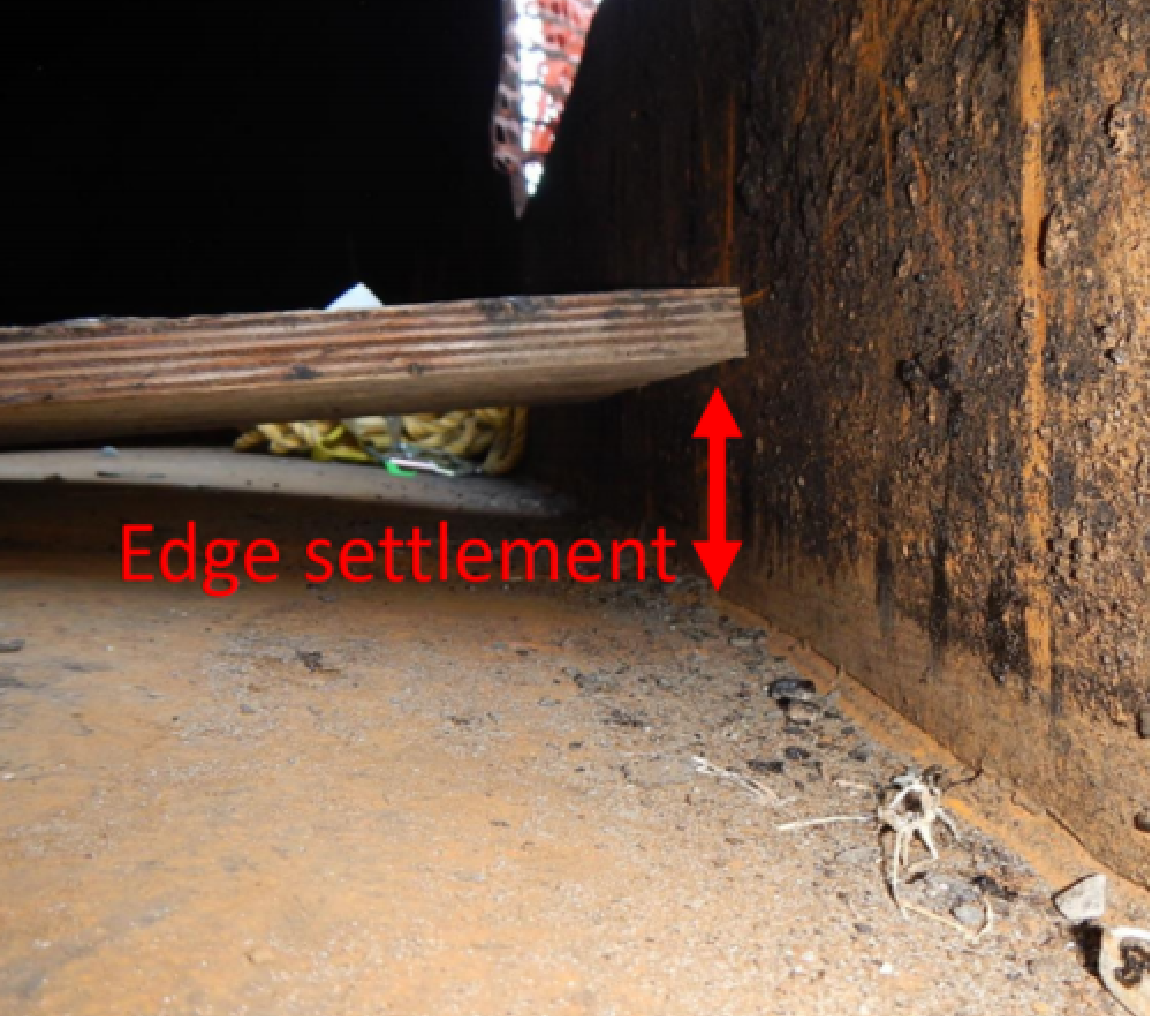
Uniform Settlement
Rigid Body Tilt
Edge Settlement